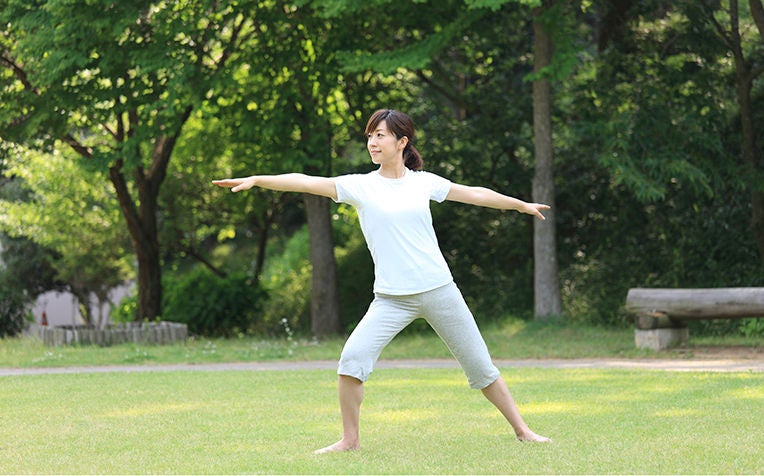
Physical therapy is an essential part of the treatment management for ankylosing spondylitis (spine inflammation).
Ankylosing spondylitis or inflammation of the spine is a chronic condition and cannot be cured. However, with proper treatment, patients can manage the pain and progression of the disease, and live normally.
“With early and effective treatment, coupled with regular exercise, patients can maintain mobility and lead a productive and symptom-free life,” says Dr Warren Fong, Senior Consultant at the Department of Rheumatology and Immunology and the Autoimmunity and Rheumatology Centre, Singapore General Hospital (SGH), a member of the SingHealth group.
Treatment for ankylosing spondylitis involves managing the symptoms with medication, biologic therapy for refractory cases, exercise and maintenance of good posture.
Managing lower back pain through medication
Patients with ankylosing spondylitis are usually prescribed NSAIDs (non-steroidal anti-inflammatory drugs) such as naproxen and diclofenac. These NSAIDs, taken daily and long term, reduce inflammation, relieve pain and other symptoms, and may reduce the rate of progression of the disease.
Other medications suitable for the treatment of ankylosing spondylitis include COX-2 inhibitors like Celebrex (celecoxib) and Arcoxia (etoricoxib), and DMARDs (disease-modifying anti-rheumatic drugs) like sulphasalazine. However, DMARDs are effective only in patients with concomitant arthritis of the peripheral joints.
Managing lower back pain through biologic therapy
Doctors prescribe biologic therapy for patients whose symptoms are resistant to the standard medications. This therapy includes injectable drugs such as Enbrel (etanercept), Remicade (infliximab) and Humira (adalimumab). The price tag for this form of treatment is steep, ranging from S$15,000 to S$20,000 for a year’s supply, compared to S$300 to S$600 for NSAIDs.
Biologic therapy also comes with side effects such as a risk of tuberculosis flare-up for patients who have had this infection in the past.
Managing lower back pain through exercise and good posture
Daily stretching exercises or physiotherapy can help reduce stiffness of the spine and strengthen the back muscles. Swimming, an activity recommended for all forms of arthritis, is beneficial for ankylosing spondylitis too. High-impact sports and heavy weight-bearing exercises should be avoided due to the increased risk of spinal fracture.
To be effective, exercises need to be done regularly and over a period of time. Inactivity can increase the risk for spinal fusion.
Patients living with ankylosing spondylitis need to maintain a good posture since they are in danger of developing a curved spine, which leads to a stooped posture. Patients with a sedentary job should practice safe ergonomics, adjusting their chair to avoid stooping at their desk, and using a high back chair as far as possible.
Ref: O17
Check out other articles on back pain:
Lower Back Pain: When to See a Doctor
Contributed by
















 Get it on Google Play
Get it on Google Play